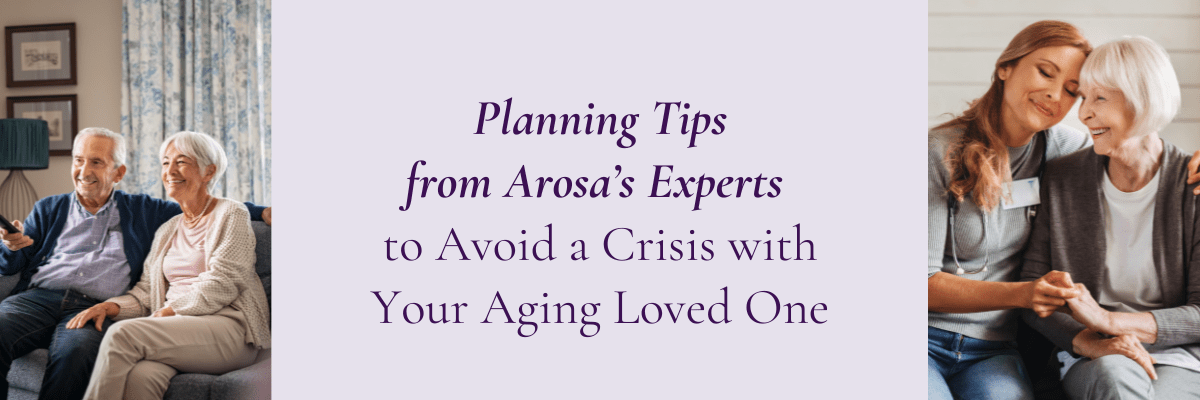Fall Prevention in the Elderly – 5 Warning Signs to Prevent Falls at Home
The fear of falling is not unfounded. A significant fall can ruin the independence of an elderly adult at home. Understanding fall prevention in the elderly and finding ways to avert risk can help you lower the chances of a fall at home. The causes of falls in the elderly are costly. According to the Centers for Disease Control and Prevention:
- The cost for falls to Medicare totaled over $31 billion
- The average hospital cost for a fall injury is over $30,000
- Approximately forty percent of people who fracture a hip will require nursing home admission
Five warning signs to prevent falls in the elderly
There are many personal and environmental factors to consider when thinking about fall prevention for seniors. Here are five warning signs that make an elderly adult susceptible to a fall-related injury.
- Are medications making them dizzy?
- Are they taking sleeping medications?
- Do they feel as if their balance is off at times?
- Have they fallen or almost fallen recently?
- Are they holding onto furniture or walls when walking?
Understanding the causes of falls in the elderly
Falls are not an inevitable consequence of aging. According to the latest information from CDC.gov, an elderly adult may have a biological, behavioral, or environmental risk factor that increases the likelihood of a fall. These risk factors include:
Biological risk factors:
- Muscle weakness or balance problems
- Medication side effects and interactions
- Chronic health conditions such as arthritis and stroke
- Vision changes and vision loss
- Loss of sensation in feet
Behavioral risk factors:
- Inactivity
- Risky behaviors such as standing on a chair in place of a step stool
- Alcohol use
Environmental risk factors:
- Clutter and tripping hazards
- Poor lighting
- Lack of stair railings
- Lack of grab bars inside and outside the tub or shower
- Poorly designed public spaces
How to avert risk and prevent falls at home
Many elderly adults, as well as their family members, are oblivious to the factors that put them at risk of falling. Most importantly, they are unaware of the actions they can take to help with fall prevention at home.
You’ll need to devise a plan that averts the risk of falls and helps the elderly adult live a longer, healthier life. When a person is at high fall risk, you should first consider consulting with an unbiased professional. As Care Managers, we use our vast experience to create cost-effective interventions. We carefully assess the situation and make specific recommendations to ensure positive change.
Care Managers can help
- Arrange medical appointments to address biological risk factors
- Devise healthy food and exercise programs to improve strength overall well-being
- Perform an in-home safety evaluation to make the home safer and more fall-proof
Don’t allow tragedy to strike. Consult with a professional geriatric care manager at Arosa today.
© Arosa



